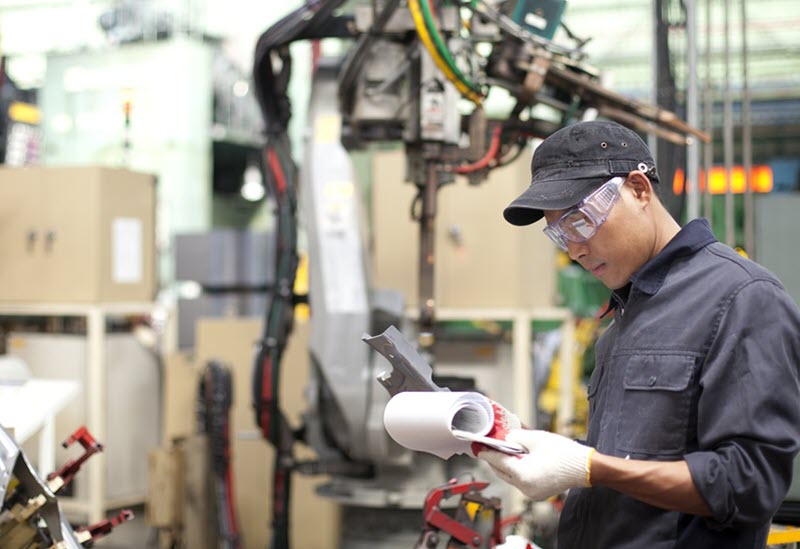
Shopping around and consulting with experts has its benefits. Customers will learn a thing or two about production and if they are really lucky, a flange manufacturer will reveal the finer points of the process. This is the exact scenario we often encounter here at Piping Supplies, Inc. and letting people in on industry norms should be the rule – not the exception.
This topic comes up a lot when discussing tolerances. A customer will come to us with a request for a blind flange or slip on flange. This is what we do daily and it’s what we’ve been doing as a local machine shop since 1960. The discrepancies arise when we review the tolerance block and determine that what’s called for simply doesn’t make practical sense.
We’ll use a real-world example to show the significance of counting on a flange manufacturer to get the job done. That job called for two commercial ANSI B16.5 flanges. The first was a commercial product and the second was drawn by a client’s engineer. The issue is that the tolerance block for the second flange simply didn’t line up with the commercial flange’s specs. It might not sound like much to the layman, but a 6.75” bolt circle on the engineer’s scale drawing differed from the commercial specs and we caught it. The commercial specifications indicated directions for drilling eight 1.125 holes on a 6.750 bolt circle +/- 0.060. Tolerances are a critical part of the machine work we do and a smaller tolerance — which is important in some applications — may be overkill in others. A flange with tolerances of /- .003” is one where we are almost literally splitting hairs. On the other hand, a part that calls for /-.030” means we’re working with almost 10 times that in forgiveness.
The above findings are a hallmark of our quality assurance program and it’s one more reason why customers come to us time and again for jobs of all sizes. When a flange manufacturer spends the time making parts that don’t fit correctly or don’t perform as intended, we believe that it can most likely be traced back to the design process. Size can be a critical component and tight-fitting flanges could mean the difference between efficient operation or sub-par performance. As you might except, machining parts to tolerances that are as slim as a piece of paper brings with it steep financial costs. The alternative, which yields a part that performs just as well at a fraction of the price, is something every expert flange manufacturer should present to customers.
